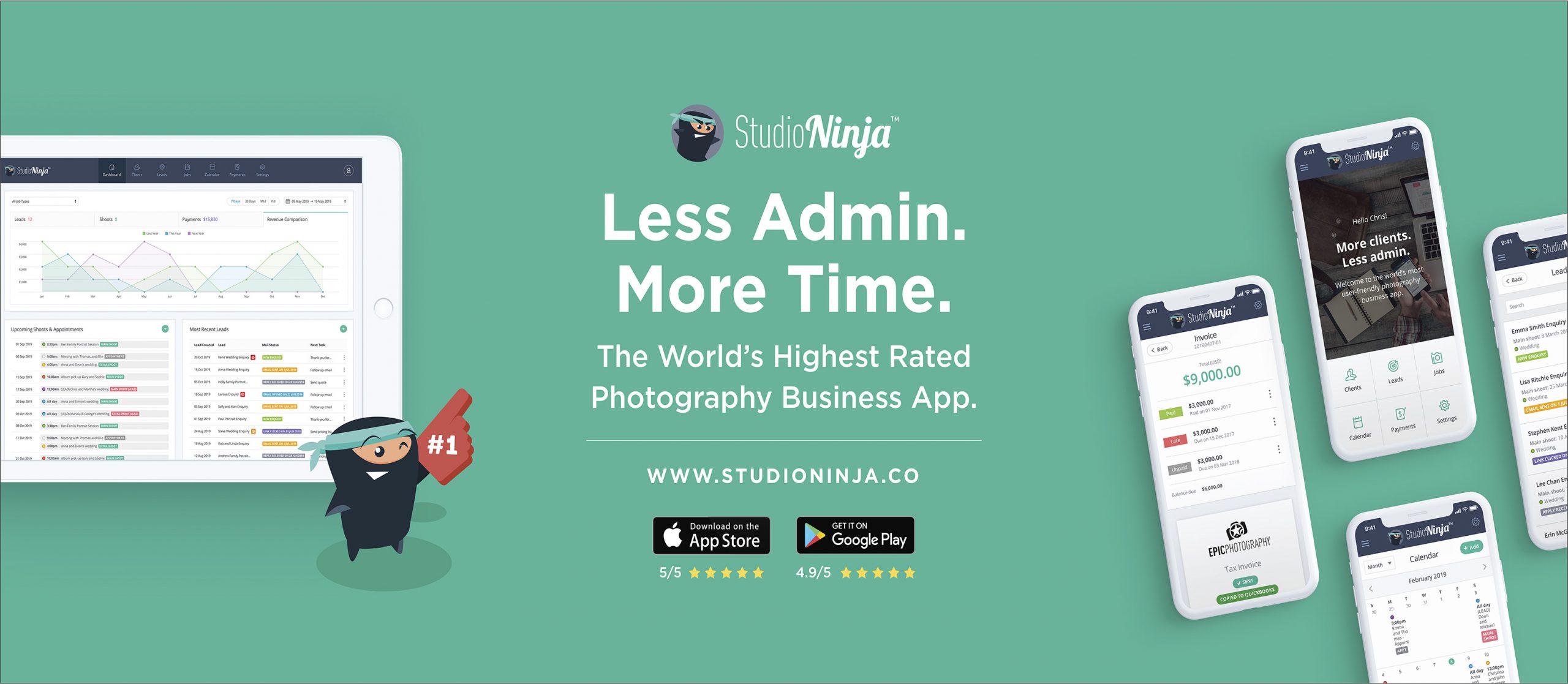110: Stacey Rolfe – Level Up Your Client Experience & Create A Sustainable Business
October 30, 2023
“Push out of your comfort zone and walk into the room where you don’t know anybody!”
STACEY ROLFE
Hey everyone! It’s Sally here, from Studio Ninja. Today’s episode is all about Stacey Rolfe of TogHub!
Stacey is a full time family photographer, mum of two, ex-lawyer, and efficiency aficionado. Her photography style is casual, bright and fun, capturing families just as they are. Founder of Tog Hub, Stacey brings photographers together to harness the power of community, share knowledge, and build successful, sustainable, and joyful businesses.
Check out some of the biggest points from Stacey’s interview below:
How can photographers level up their client experience?
So we either give people like an off the shelf system. So people who come brand new to Studio Ninja don’t know what they want, but they want something proven to start with. We give them an off the shelf system, or if you’re more deep in the weeds of your business and you know exactly how you run things and you’ve got your own ways, but you just have never used studio and studio ninja to automate that, then we will build whatever it is that you want us to build. So there’s a few things that I tend to look at. First of all is speed. Um, I think that you need to have most clients expect you to apply same day. Most clients actually expect you to reply within like four hours. So using automation, having those, um, having your contact form automated so that you can set up a lead quickly and have an auto responder or some kind of redirect URL, is really helpful in giving your client an immediate piece of feedback. So that’s somewhere that I would.
That’s the contact form is the first thing that I would use. It automates your leads. It automatically creates your client profile for you and it creates an entire it can create an entire workflow just from them submitting their form. So I think most people are not using that properly. They’re still managing everything through their DMs and they’re ending up doing a lot of data entry. So the first place I would look is how can we speed up your responses? The other major part to that is, the mobile app. So running your business on the go. So if I see a lead come in, I get my email, come in, tell me I’ve got a new lead. Even if I’m pushing my kids on the swing, I can. I’ve timed myself. I can respond to that lead in under 60s – and it can be easily personalised. These aren’t templated. I mean, they’re templated, but they’re not impersonal. You can add things each time, but all of the correct links are in there.
It’s basically making it self-service, so making it very convenient for them. So that is the first place that I would go to improve my client experience. The next place I would probably go is to make sure that you’re always on the front foot. And this is definitely something that comes from the lawyer days, more so than the current job. The photography job. But nobody likes having to chase people for information, and nobody likes feeling like you’ve forgotten about them. So I always actually run my systems through myself. So whenever I build something new and I build something for a client, I always run it with me on both sides of that system so I can see exactly where the bottlenecks and issues come up. It’s the quickest way to do it. Otherwise, you’re going to be relying on clients telling you that you’ve got broken links and stuff like that. Um, but preempting them builds that trust because they feel completely held and safe with you in the process. You don’t want them to be asking you what date, what time, where they’re meeting, what they have to, where you want to be on the front foot with all of that stuff.
The other benefit of that is that you have a really clear process. You map it out from the start. This builds trust as well. You have no surprises in your process. That’s super important. And then the final, big point that I always make to people is that their information have to be really easy to find. So we think a lot about Searchability. So looking at your email address that’s coming up, making sure you’re making use of those subject lines and the variable subject lines. I host a lot of information on my website, rather than hiding it all on a client platform or attaching it to emails, it’s very convenient for them if they know that everything’s on a website. And I also have that link tree coming out from Instagram. Ultimately, it’s about the expectation versus reality gap, really, and just making sure that that gap is as small, small, small as you can possibly make it. Because as soon as you have a gap between what they expect and what you deliver, you’re going to have clients turning up who just are lacking trust in the whole process.
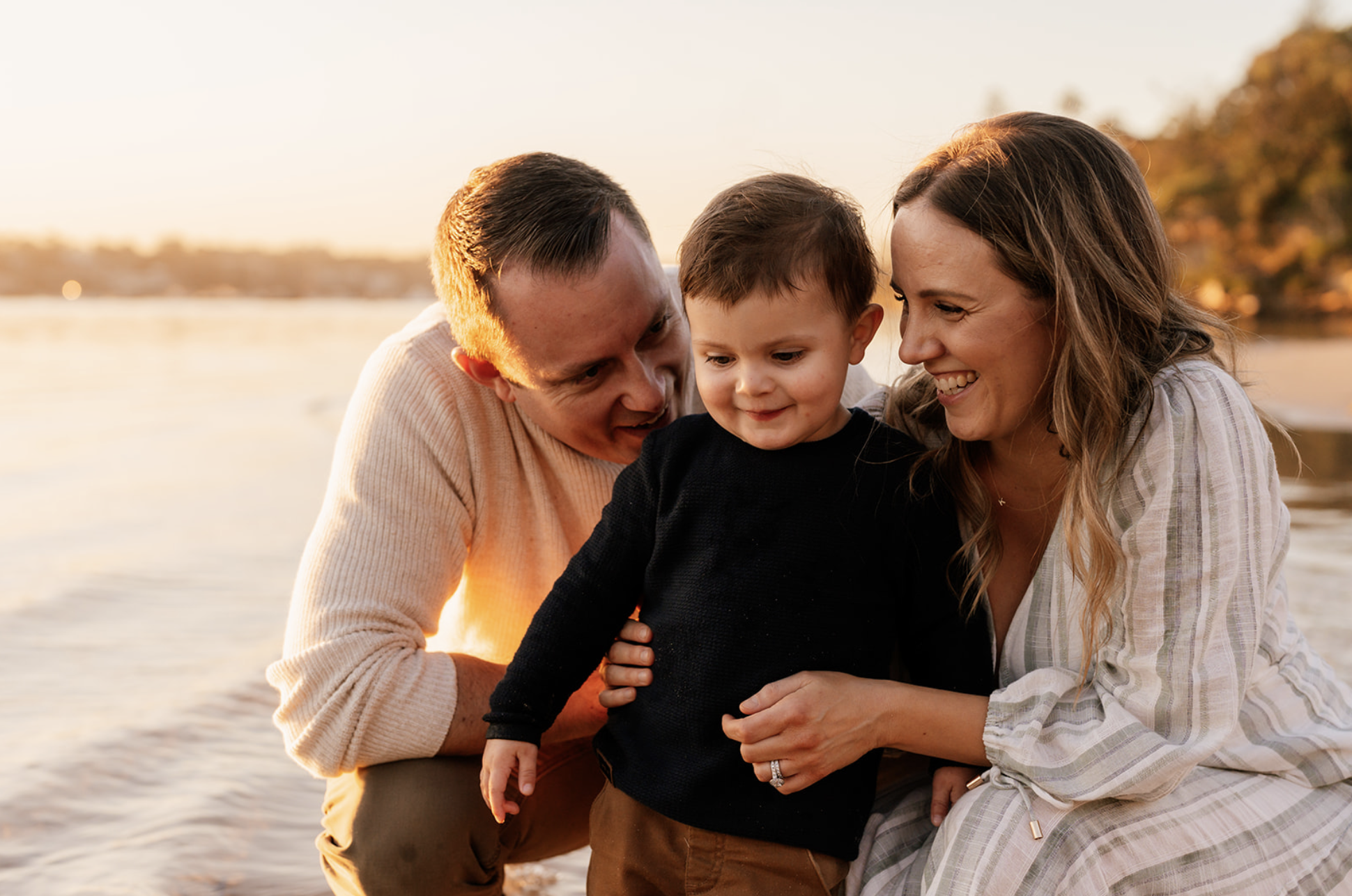
How do we know who our ideal client is and how to build a workflow around them?
Yeah, I think in terms of I mean, the ideal client question is, is huge. It’s such a big a big point. And and there are lots and lots of opinions and approaches to how you define your ideal client. And frankly, whether you need to like there’s this whole movement now saying this is stupid. We don’t have to have one ideal client. So but I do think that it’s important when you’re running your workflow to think about some high level things, like, is this person that you’re talking to? Are they time poor and low fast, or are they somebody who wants lots and lots of contacts, lots of hand-holding, lots of phone calls? Like this is a completely different workflow.
So if you’ve got a client who’s, you know, CEO of some conglomerate and they have absolutely no time and they just want to get this booked in, um, then it’s all about putting information at their fingertips, not overloading them with anything, and putting the ball in their court and letting them just click, click through, book it in and then see you at Christmas kind of thing. You know, on the other side of that scale is somebody who is, um, you know, who needs an awful lot of hand-holding and love and support around the whole process. So the full styling, working out what shoot they’re going to craft and this kind of thing, that’s a very different client. And if you send that client an email with four bullet points and links out to your calendly and your, um, your contract and your questionnaire and say, you know, do this and see you at Christmas, they’re not going to book you because that client doesn’t want that experience. So I don’t think it has to be.
You know, I don’t think you have to go. Necessarily super in-depth for the workflow, building on who your ideal client is. Though I though I do personally think it’s very worthwhile going deep into that exercise. But I do think you should think about how they like to communicate. Basically, are they a phone call person or an email person? Do they like lots of reminding or do they find that frustrating? If you like, as if you’re nagging them? Do they want to read your blogs or do they want to hear your voice notes? Do they want to watch a video on something? And I literally map out my workflow before I build it, like a flowchart like you would have done at school. Basically a flowchart or a mind map or whatever you want to call it. You just map out every single touchpoint that you want to have with your client. Um, for me, for my client, I think very carefully about duplication. So I don’t want to. My client is pretty low, fast.
My background is corporate. A lot of my clients naturally come from that environment. And so I’m pretty efficient in my workflows. So I think a lot about trying to condense the steps, make things really super clear. Not a lot of reading, not a lot of action that’s required on their part. And but I map it all out to see where I’ve got this bottleneck. And as I said before, I then run the process back and forth with myself. So me, the photographer and me on my personal email, I run it back and forth to see whether that’s something that I would respond to. So I think it’s definitely worth while just revisiting, um, especially if you’re somebody that’s using a template workflow that you have not designed, you’ve just kind of picked one up. I think it’s really worthwhile revisiting and thinking, is this actually giving my client the experience that they want? And is this actually the way to get this client to convert?
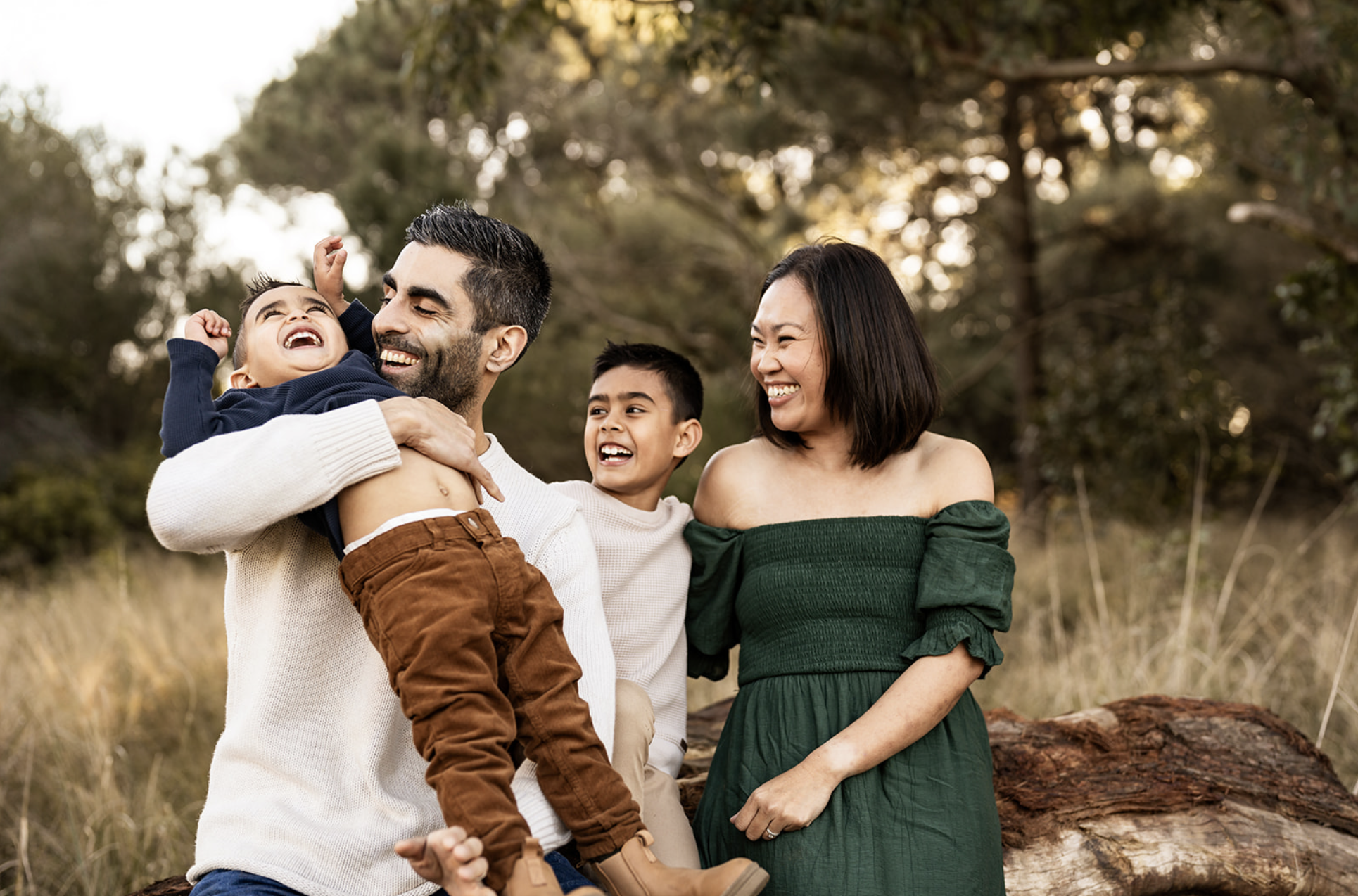
What is the one golden nugget takeaway of today’s episode?
Lean into yourself and lean into your superpower and not to be shy about it. So I’m naturally a people pleaser. I don’t want I don’t like people to think bad things about me behind closed doors. I tend to stick very carefully to my lane. I stick very carefully to the things that I know that I’m qualified to talk about. But what I’m understanding more and more as I get into the car business is that, I’m not just good at one thing. There are a bunch of things I’m really good at, and I think that I’ve wasted a lot of time by not leaning into those. So my advice, would be to trust your superpower and go with it!
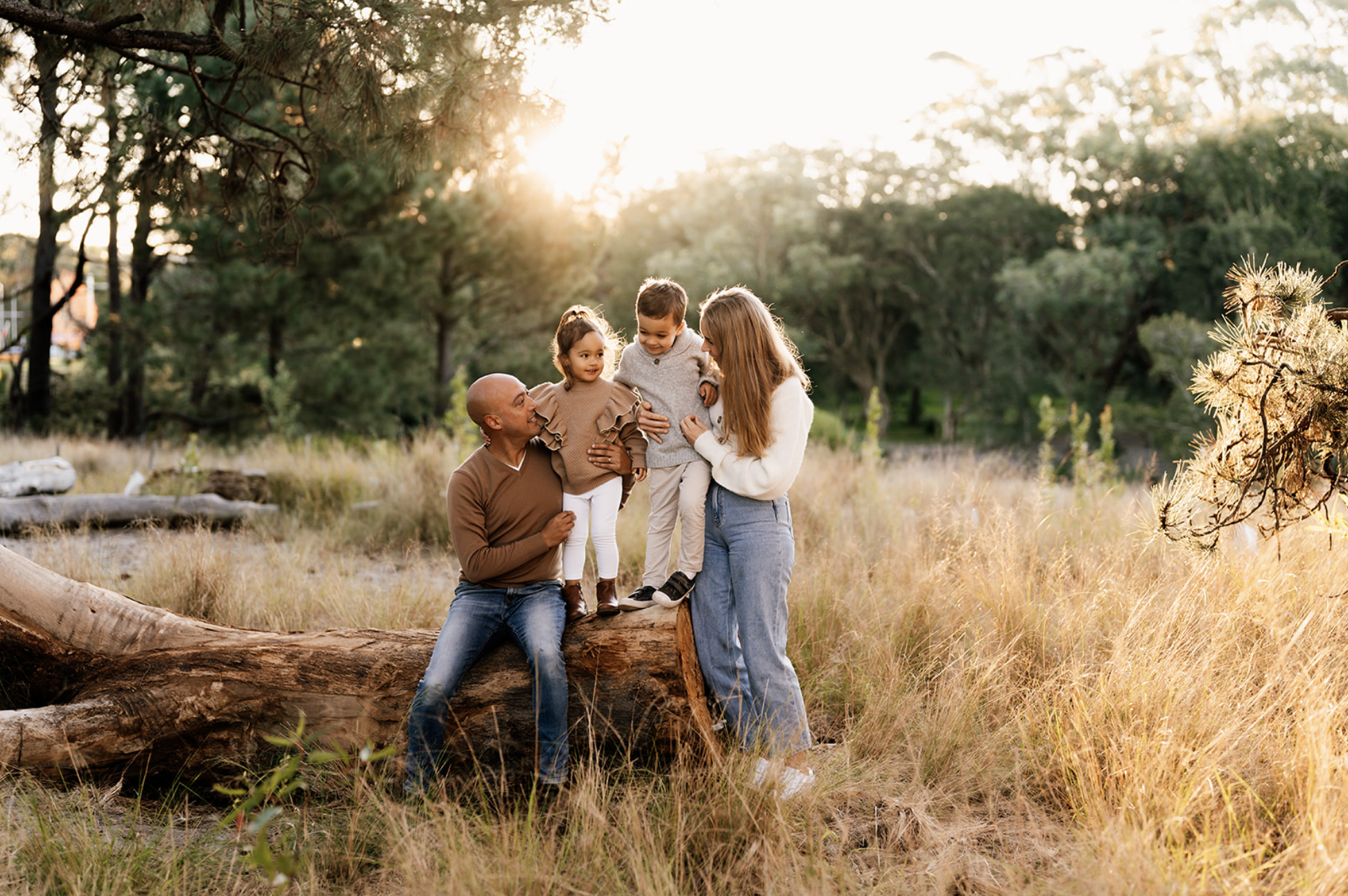
Thank you!
Thanks again to you all for joining us and a huge thanks to Stacey for joining us on the show!
If you have any suggestions, comments or questions about this episode, please be sure to leave them below in the comment section of this post, and if you liked the episode, please share it using the social media buttons you see at the bottom of the post!
That’s it for me this week, I hope you all enjoyed this episode.
See you soon,
Sally
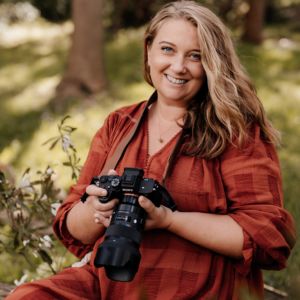
About Stacey Rolfe
Stacey is a full time family photographer, mum of two, ex-lawyer, and efficiency aficionado. Her photography style is casual, bright and fun, capturing families just as they are. Founder of Tog Hub, Stacey brings photographers together to harness the power of community, share knowledge, and build successful, sustainable, and joyful businesses.
